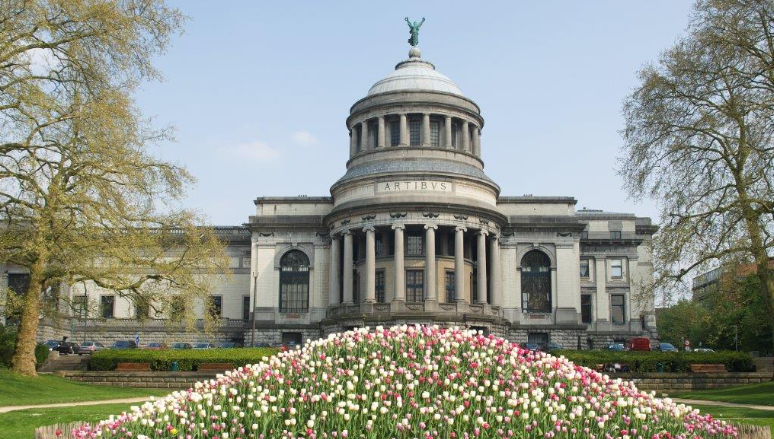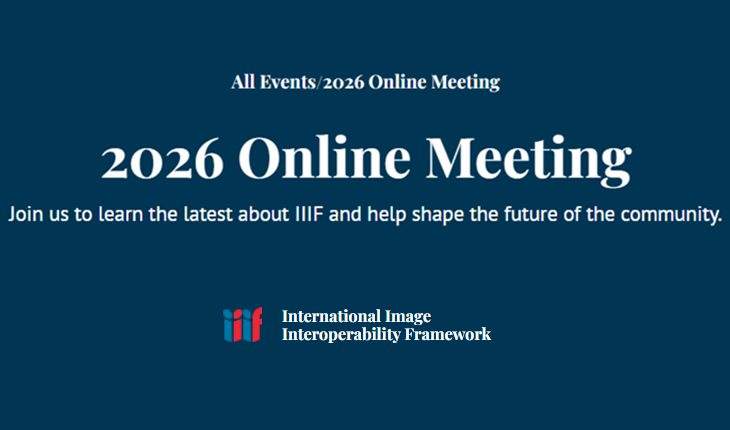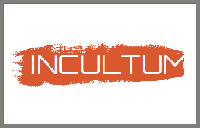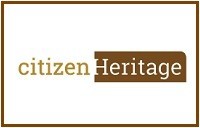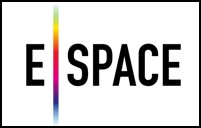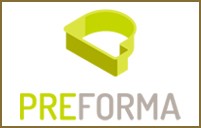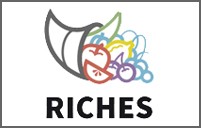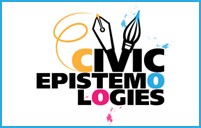-
Free text
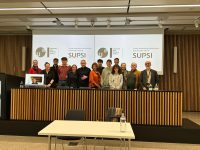 The event, taking place in Lugano (Switzerland) on 25th October 2025, was open to students and digital creators
The event, taking place in Lugano (Switzerland) on 25th October 2025, was open to students and digital creatorsAs part of a cooperation agreement, EUreka3D initiative is collaborating with SECreTour project to explore how digital cultural heritage can support local promotion and tourism, particularly by reusing open cultural collections to create engaging materials and storytelling about places and … Continue reading →
 June 27th, 14:00-15:00 CEST
June 27th, 14:00-15:00 CESTOrganised in the context of the Premiere project, a new series of webinars is being launched to present the outcomes of the project. Over the past three years, Premiere project has brought together researchers and artists to explore how AI and XR technologies … Continue reading →
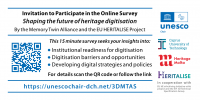 By the Memory Twin and the EU HERITALISE Project, from the Unesco Chair on Digital Cultural Heritage at Cyprus University of Technology
By the Memory Twin and the EU HERITALISE Project, from the Unesco Chair on Digital Cultural Heritage at Cyprus University of TechnologyDear Colleague, The UNESCO Chair on Digital Cultural Heritage at Cyprus University of Technology, Cyprus invites you to contribute to an important 15-minute survey exploring the future of cultural heritage digitisation. Building on the European Commission-funded VIGIE2020/654 study on quality … Continue reading →
Area: digital heritage
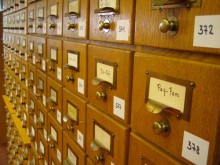
The need for novel more efficient and affordable solutions for digital preservation is increasing in the Social Science and Humanities. The workshop presented the advancements in the state of the art, to understand which could be the benefits offered, in particular to the Digital Cultural Heritage sector, by the new technologies and e-infrastructures. Continue reading
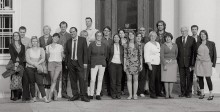
Intermediate objective is to deliver to Europeana a huge number of metadata, in order to publish a first batch of images to witness the history of Europe and the art of photography in the period 1839-1939. The images are supposed to be on line and accessible to everyone by early 2014, and for this reason EuropeanaPhotography content providers are working closely to the technical deadlines to allow this result. Continue reading
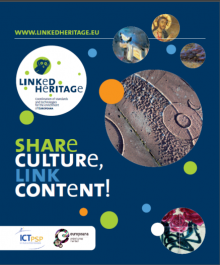
The Linked Heritage project draws to a close at the end of September 2013. Linked Heritage – with the strapline, ‘Share culture, link content’ – was a content-focused project, which aimed to bring large quantities of content into Europeana, to enhance metadata quality and to improve the search, retrieval and re-use of Europeana content. Continue reading
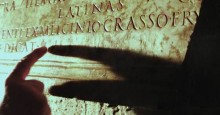
Europeana Professional recently published an interesting article related to Eagle project, a best practice network that brings together the most prominent European institutions and archives in the field of Classical Latin and Greek epigraphy to provide Europeana with a comprehensive collection of unique historical sources which constitute a veritable pillar of European culture. Continue reading

The annual event organized by Polis (Polo di Innovazione delle Tecnologie per la Città Sostenibile – Innovation Pole of the Technologies for a Sustainable City) was held in the Engineering College of Siena’s University on the 26th – 27th September 2013. It has hosted two days of debate about the “Smart Specialization Strategy” general topic, structured on the three Polis themes MOBILITY, CULTURAL HERITAGE and SUSTAINABLE BUILDING. Continue reading

On 14-15 October 2013 the National Museum in Warsaw has hosted the international seminar Photography – Museum Narratives. The seminar was organized by the Archaeology of Photography Foundation, in collaboration with the National Museum in Warsaw and National Institute of Museology and Collections Protection. Continue reading

The shared vision of the INDICATE network is that in ten years’ time, access and use of digital cultural heritage will be available to all and that collaboration with the e-Infrastructures community will facilitate realisation of this vision. Continue reading
On the 12-13 November 2013, at the Jerusalem’s Van Leer Institute, is being held the Xth Annual International Event for Professionals in Cultural Heritage and Advanced Technologies. Scholars from all-over-the-world are invited to share their latest projects with the colleagues with a seven-minutes spot-light. Continue reading

LAM is a national museum based in Vilnius, originally founded in 1933, it takes an active role in regularly organizing exhibitions and cultural events and in connection of the opening of a travelling exhibition and an internationa conference about ancient photography and digitization, it was chosen to host the third plenary meeting of EuropeanaPhotography project. Continue reading
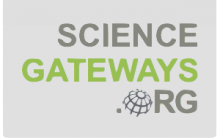
Sciencegateway.org organises a Science Gateway Institute workshop co-located with IEEE Cluster 2013 Conference. Papers will be co-publishing in a special issue of Concurrency and Computation, Practice and Experience (http://www.cc-pe.net/journalinfo/) together with selected papers presented at the International Workshop on Science Gateways 2013 (http://www.iwsg2013.org). Continue reading


